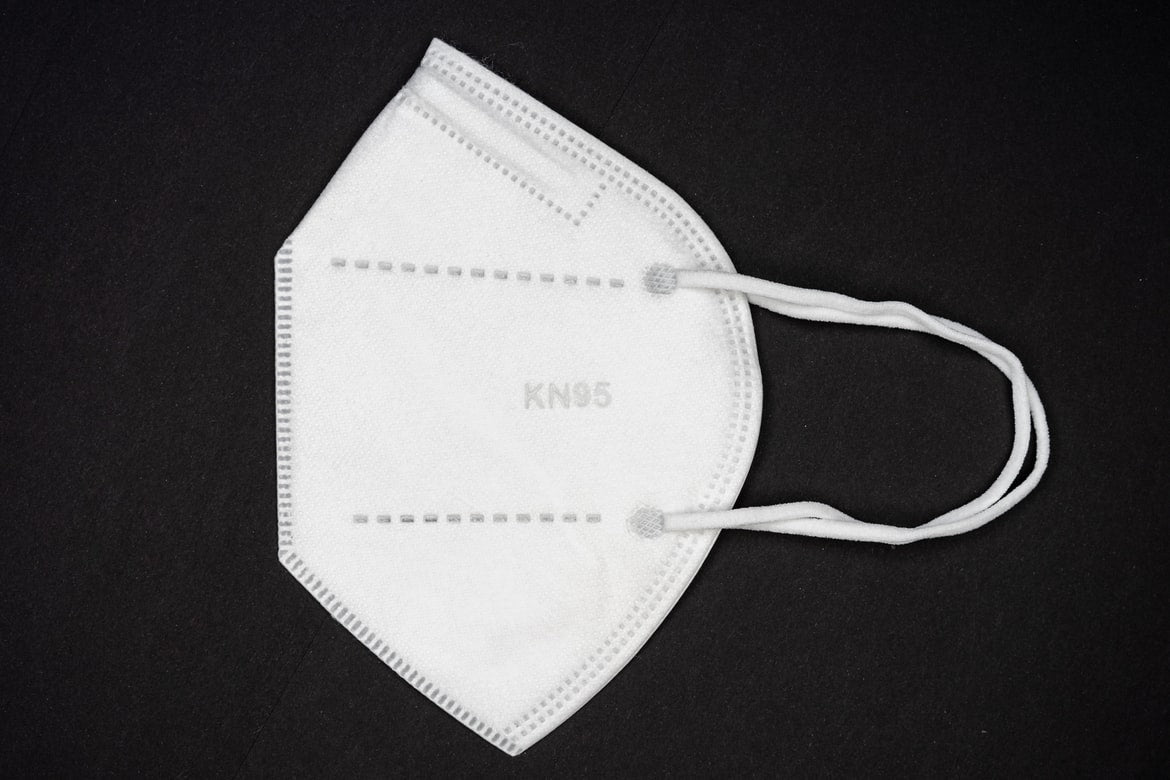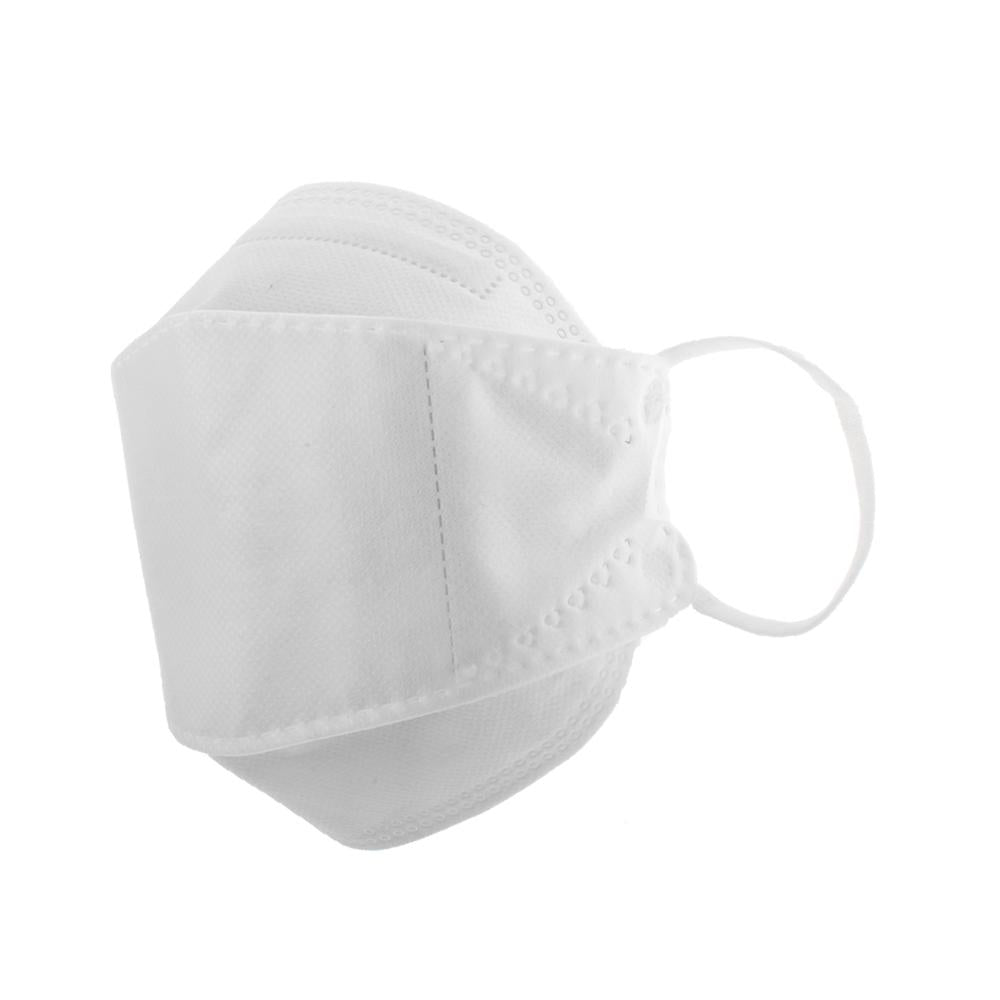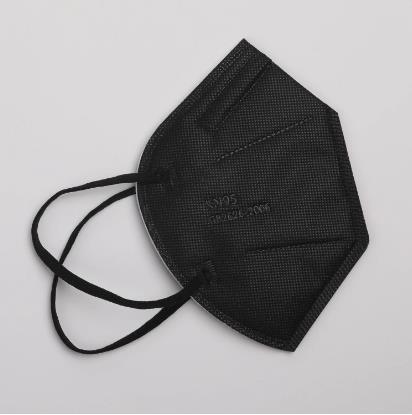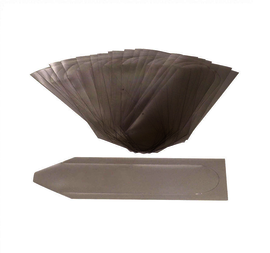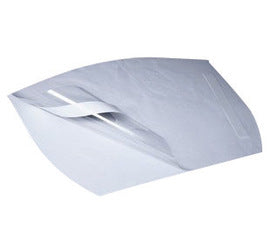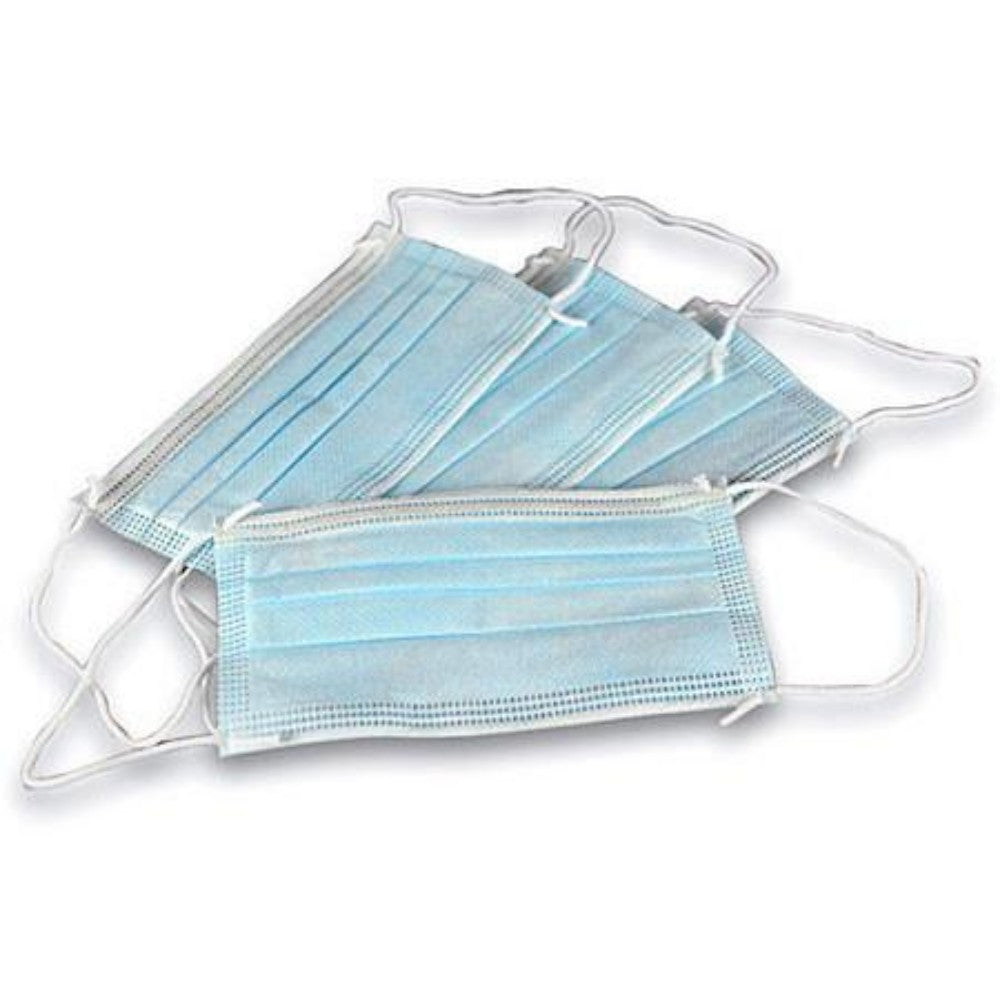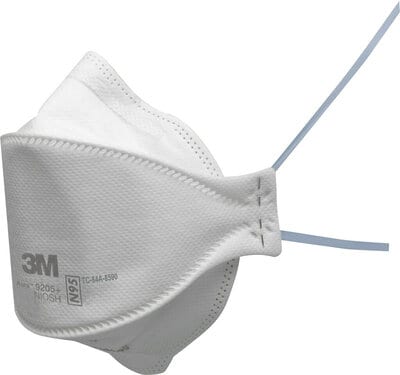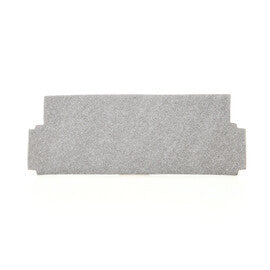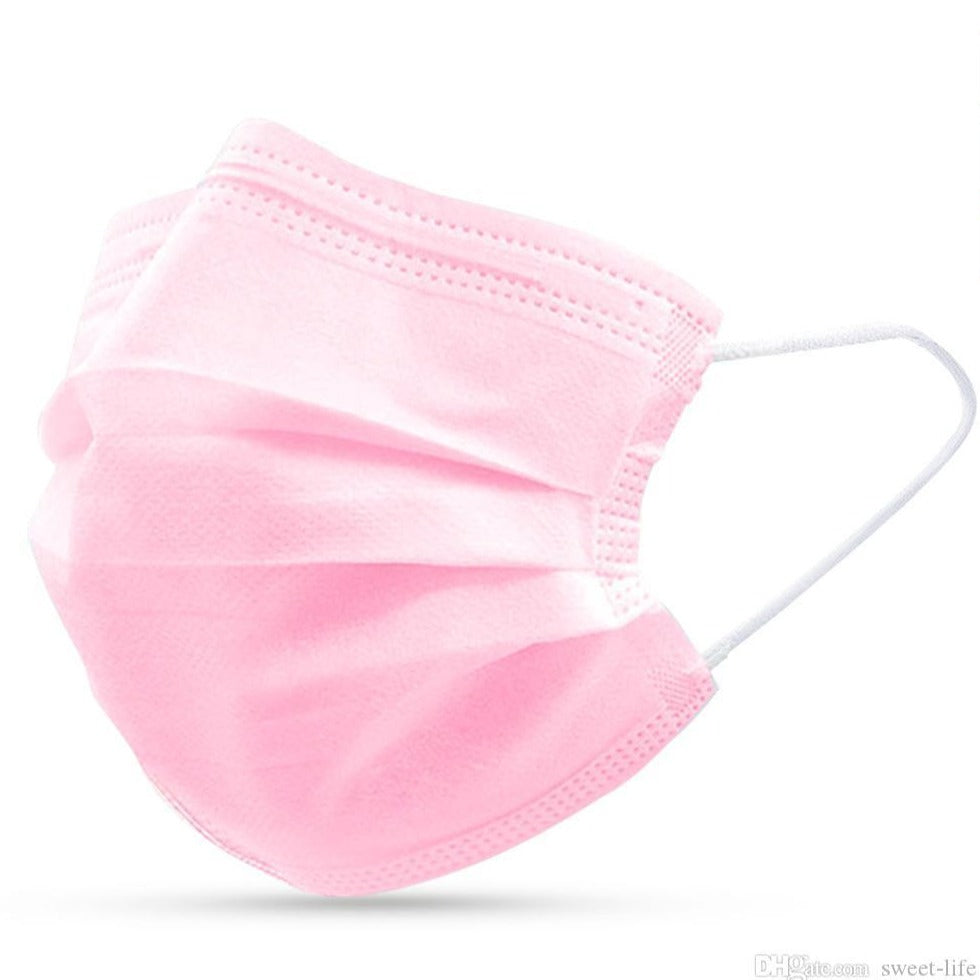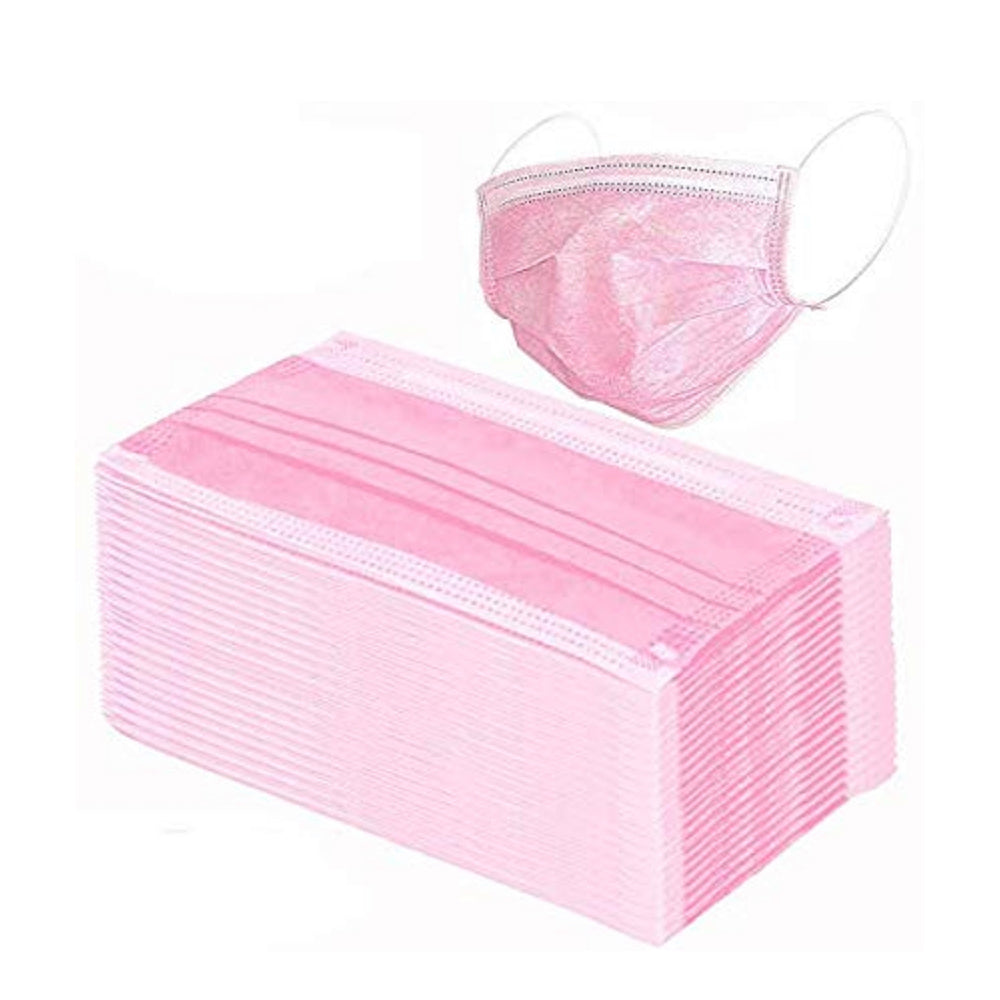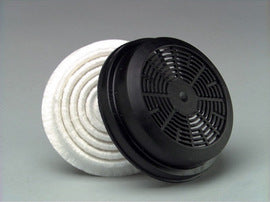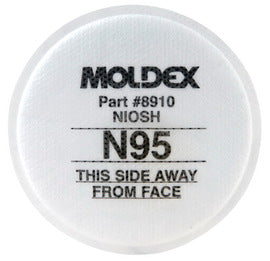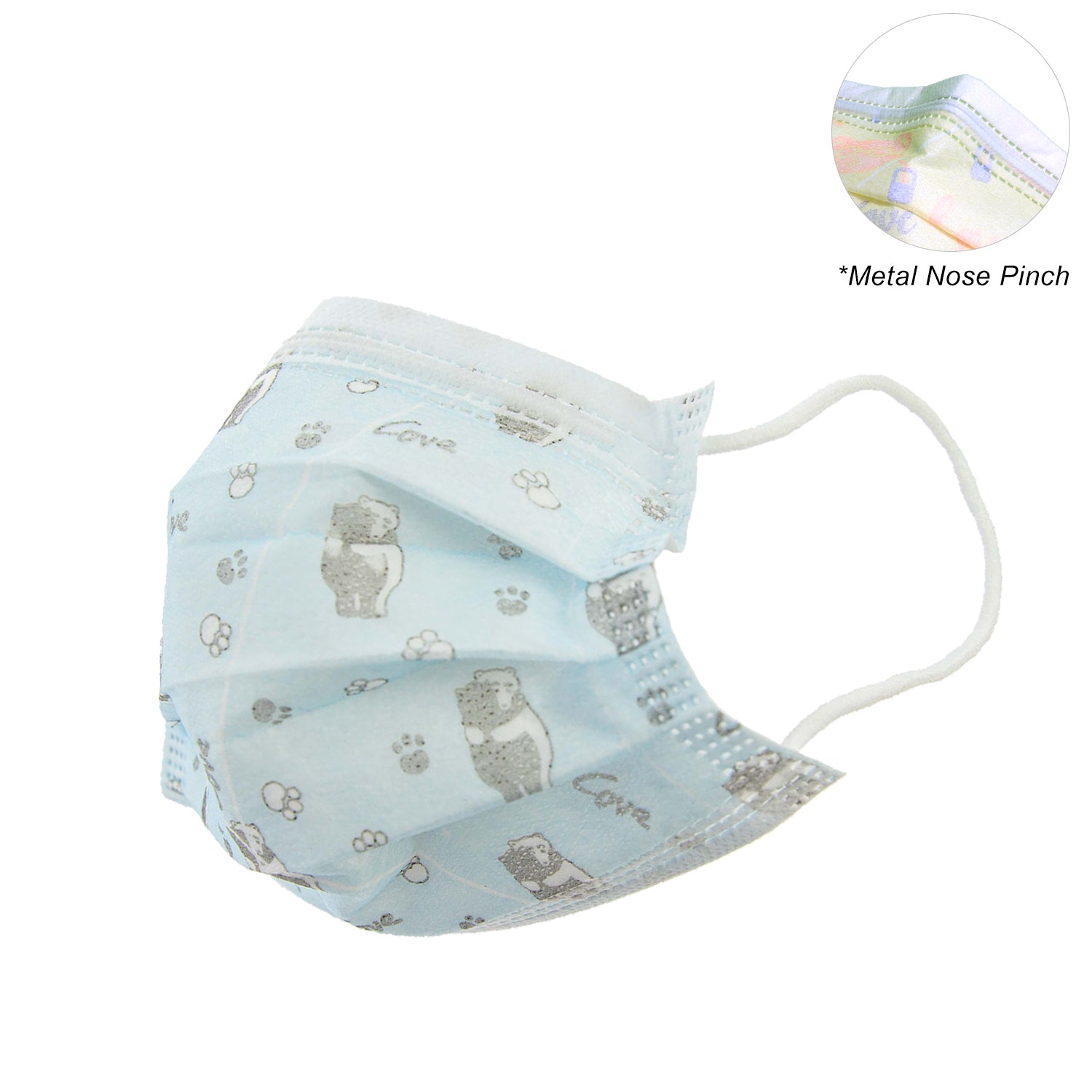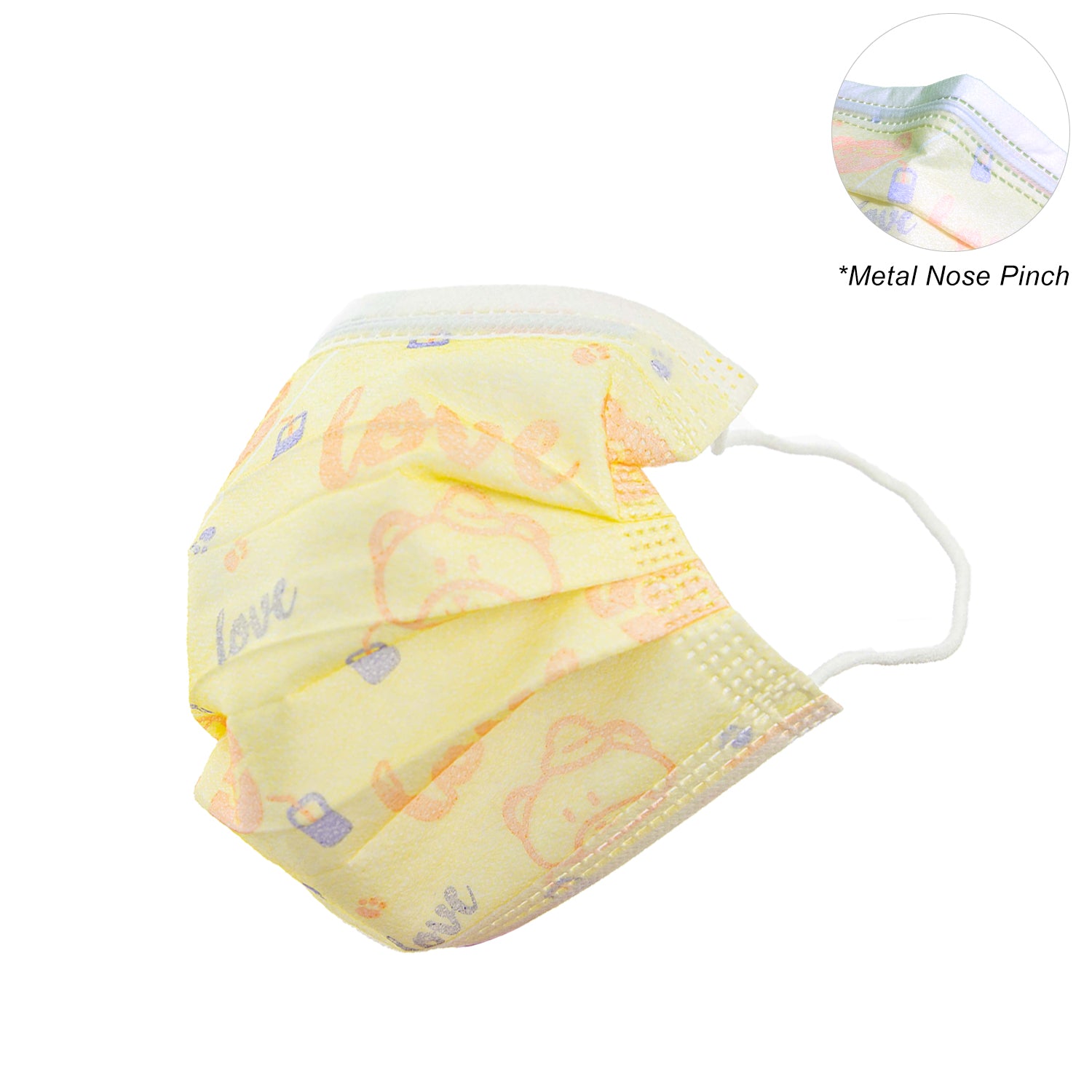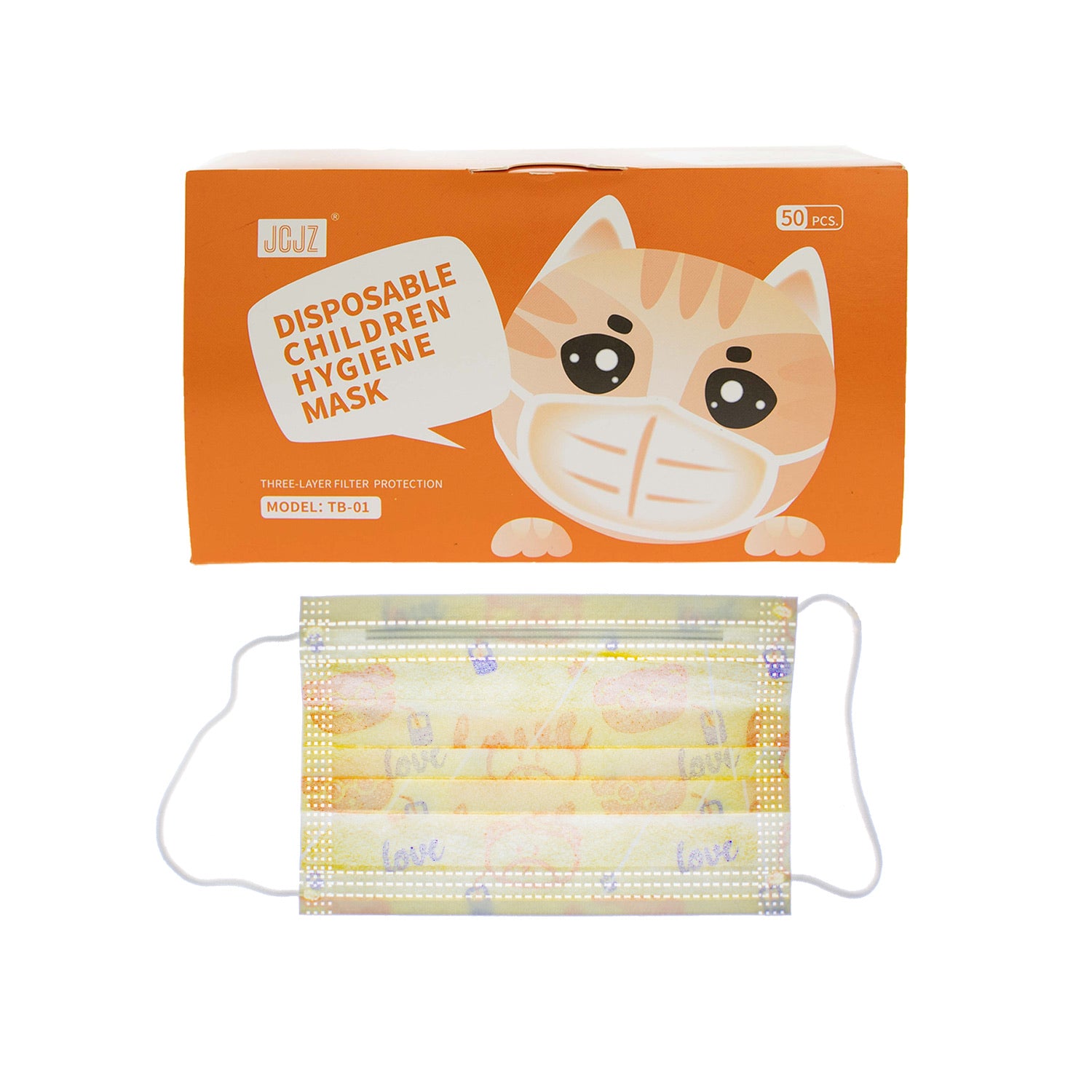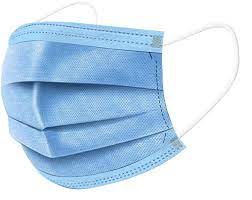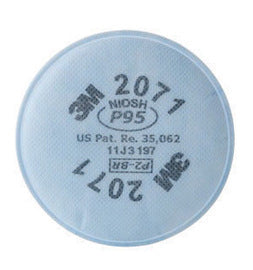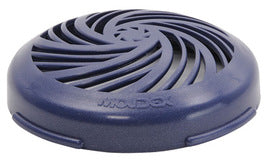Respiratory Masks
Explore Respiratory Protection for Clean and Safe Breathing
Welcome to our collection of respiratory protection equipment, where clean and safe breathing takes precedence in various work environments. Respiratory protection is paramount in safeguarding your health and well-being from airborne hazards such as dust, fumes, and pathogens. Discover our selection of respiratory protection solutions and experience uncompromised safety without sacrificing comfort.
Why Choose Respiratory Protection:
-
Airborne Hazard Mitigation: Our respiratory protection equipment is designed to filter out harmful particles, gases, vapors, and pathogens from the air you breathe, ensuring that you work in a safer and healthier environment.
-
Customized Solutions: We offer a variety of respiratory protection options, including N95 respirators, PAPRs (Powered Air Purifying Respirators), half-face masks, full-face masks, and more, catering to different protection needs and preferences.
-
Comfort and Fit: Designed for wearer comfort, our respirators and masks provide a secure fit, breathability, and adjustable features that ensure long-lasting comfort even during extended periods of use.
-
Compliance and Safety: Our respiratory protection equipment adheres to industry standards and regulations, guaranteeing compliance with safety guidelines and protection against a wide range of airborne hazards.
Applications for Respiratory Protection:
-
Construction and Industrial Work: Construction workers, industrial laborers, and professionals working in dusty or hazardous environments benefit from respiratory protection to prevent inhalation of harmful particles and chemicals.
-
Healthcare and Pandemic Response: Healthcare workers and first responders use respiratory protection to shield themselves from pathogens, including during pandemics like COVID-19.
-
Laboratory and Manufacturing: Workers in laboratories, cleanrooms, and manufacturing facilities rely on respiratory protection to maintain a clean and safe breathing environment.
Browse Our Selection:
Explore our wide range of respiratory protection equipment, available in various styles, sizes, and configurations to meet your specific protection requirements. Whether you need respiratory protection for construction, healthcare, or industrial work, our collection offers certified safety solutions that prioritize your well-being.
Elevate your respiratory safety and comfort with our premium respiratory protection equipment. Shop now to ensure clean and safe breathing in your workplace.
Avoid the harmful effects of chemical vapors and damaging particulates with our respiratory protection masks. According to the U.S. Department of Labor Occupational Safety & Health Administration, an estimated 5 million workers are required to wear respirators in 1.3 million workplaces throughout the United States.
OSHA has released its final rule on exposure to Silica. The highlights are below along with updates from our key suppliers. The key is the significant lower exposure limit which will require many more works to wear respirators.
The new permissible exposure limit (PEL) for respirable crystalline silica - 50 micrograms per cubic meter of air averaged during an 8-hour shift. OSHA's new PEL is half the previous limit for general industry and 5 times lower than the previous limit for construction. OSHA presents the rule as two standards - one for general industry and maritime and the other for construction.
Both standards are scheduled to go into effect on June 23, 2016. Industries will then have one to five years to meet most requirements. The construction industry must comply by June 23, 2017; general industry, maritime and hydraulic fracturing must adhere to requirements by June 23, 2018; and hydraulic fracturing will have until June 23, 2021, to comply for engineering controls. The extended time allows employers to provide medical exams to some workers, and gives hydraulic fracturing employers the opportunity to implement dust controls for the new PEL, OSHA states.
Make sure you keep your workplace standards compliant. Keep your employees safe with our protective breathing equipment to meets these new stringent standards.
3M Suggestion Guide
Honeywell Suggestion Guide
Moldex Suggestion Guide
As always, please consult a professional as necessary to make sure you are standards compliant.

